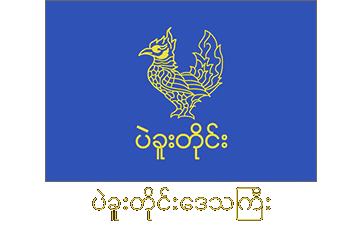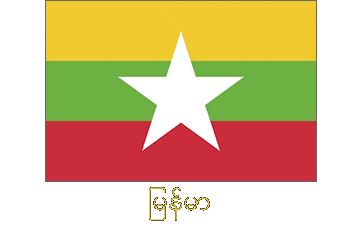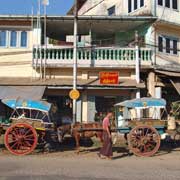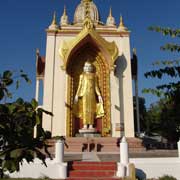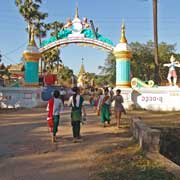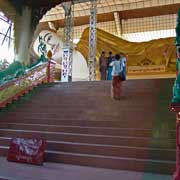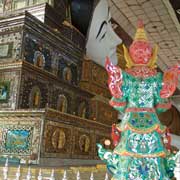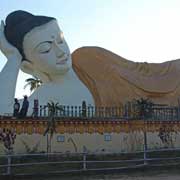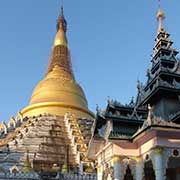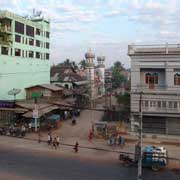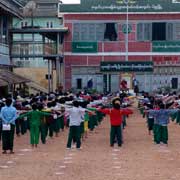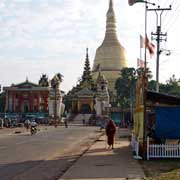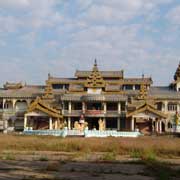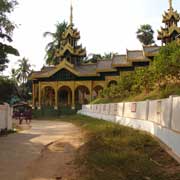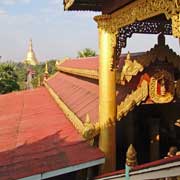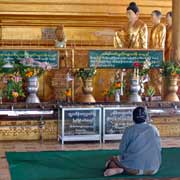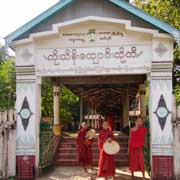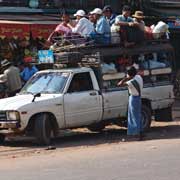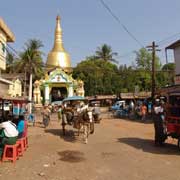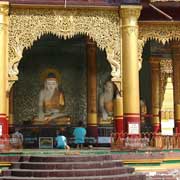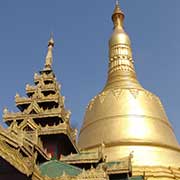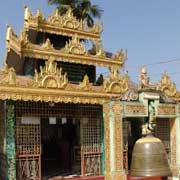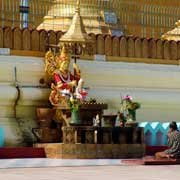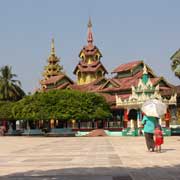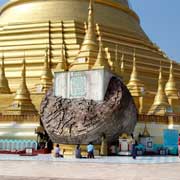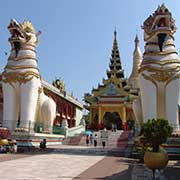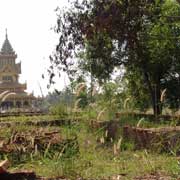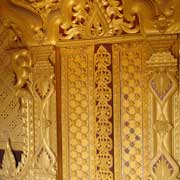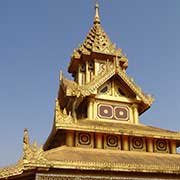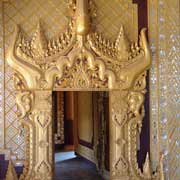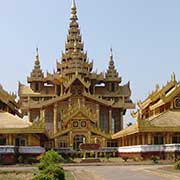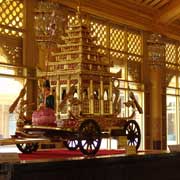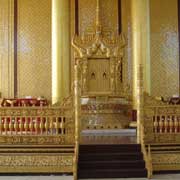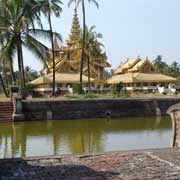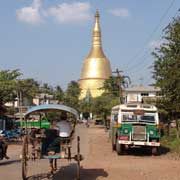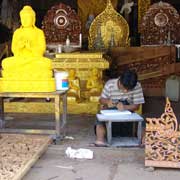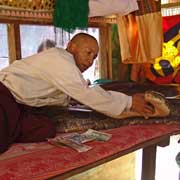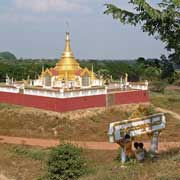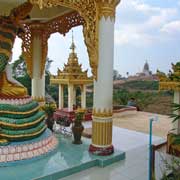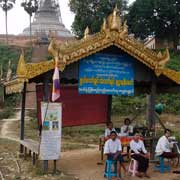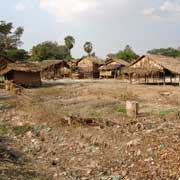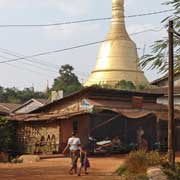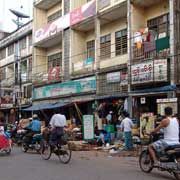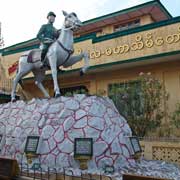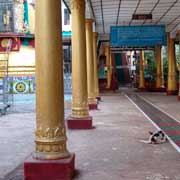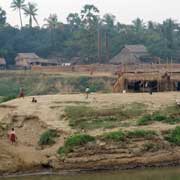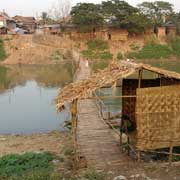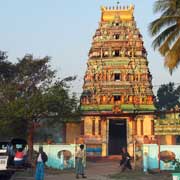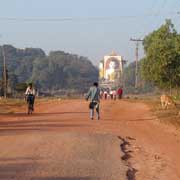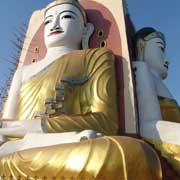Photos of Bago, a former capital, Myanmar
Bago, a former capital
Bago (formerly called Pegu), about 80 kilometres north of Yangon, is an ancient town, founded in 573 by two Mon princesses from Thaton. The country around the town came to be known as Hanthawaddy and in 1287 Hanthawaddy became the centre of the Mon Kingdom of Ramanadesa. It lasted until 1539 when Tabinshweti, the King of Toungoo (or Taungoo) defeated Hanthawaddy, thus founding the second Burmese Empire with its capital in Bago.
you may then send it as a postcard if you wish.
In 1740 the Mon restored the Hanthawaddy Kingdom in Bago but in 1757 King Alaungpaya sacked and destroyed the city; it was partially rebuilt by his son, King Bodawpaya but when the river shifted its course, Bago was no longer a seaport and lost its significance. The British annexed Bago in 1852, calling it Pegu.
It is now a town of around 280,000 inhabitants and the capital of the Bago Division. It has many places of interest, like the huge 55 metre long and 16 metre high reclining Shwethalyaung Buddha, originally constructed in 994 by King Migadepa and restored many times since: it was lost in 1757 when Pegu was pillaged. During British colonial rule, in 1880, it was rediscovered under a cover of jungle growth; restoration began the following year and Buddha's mosaic pillows (on its left side) were added in 1930. it is the second largest in the world and it is said it represents Buddha relaxing.
The Shwemawdaw Paya was originally built around the tenth century CE by the Mon to enshrine two hairs of the Buddha, and was 23 metres high. Many times rebuilt, it now towers to 114 metres, making it the tallest in the country. A section of a "hti", the umbrella-like pinnacle that is at the top of the zedi and was toppled by an earthquake in 1917, is mounted in the structure at the base of the stupa. There are many other Buddhist sites like Kyaik Pun Paya and Mahazedi Paya, originally constructed in 1560 during the Second Burmese Empire in the time of King Bayinnaung.
King Bayinnaung's palace foundations have been excavated and a reconstruction of his Kanbawzathadi Palace, originally built in 1556 and burned down in 1599, was built between 1990 and 1992. It has a reconstructed Lion Throne Room, the King's apartment, audience hall and an interesting museum. It is now a showpiece of former Burmese glory.
